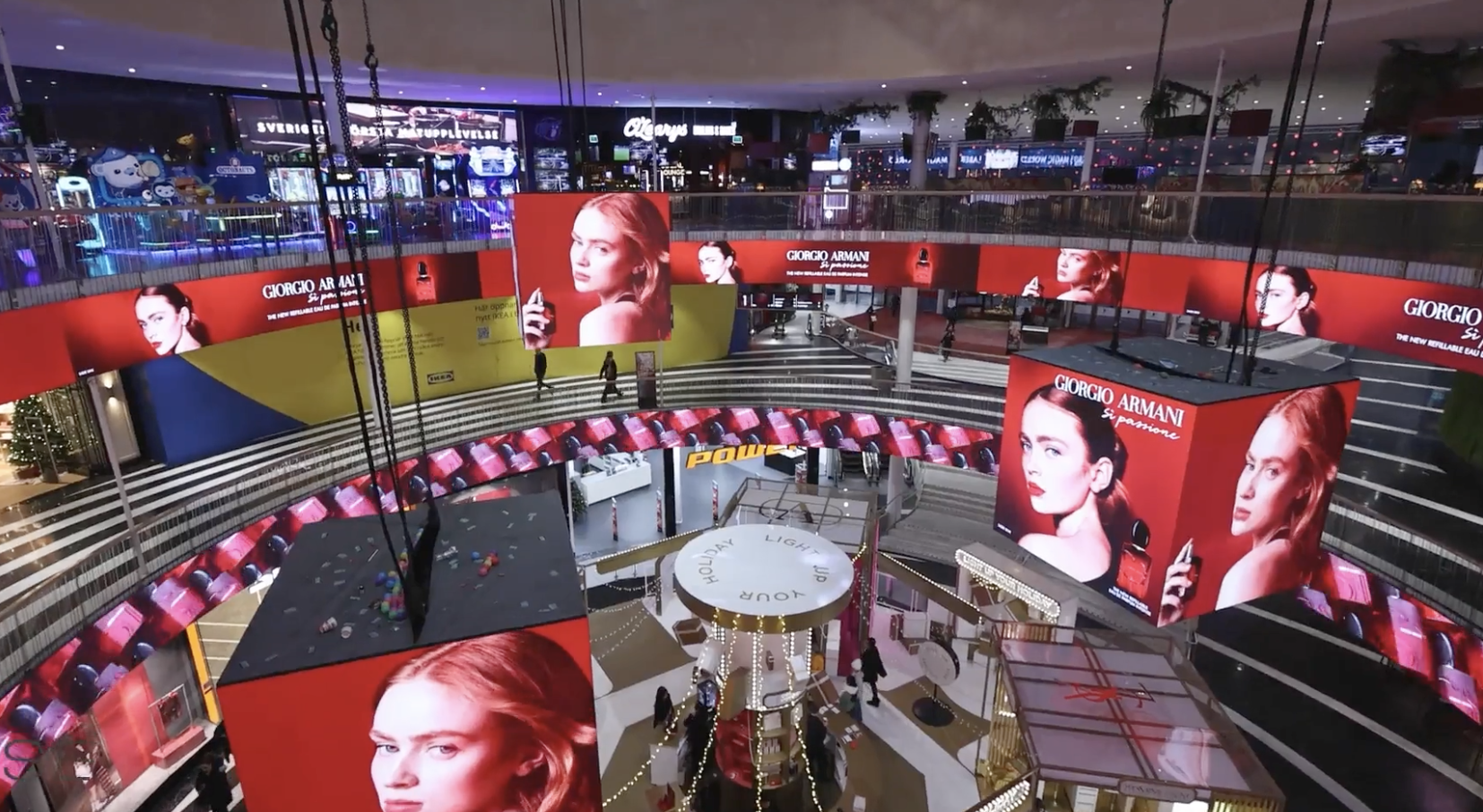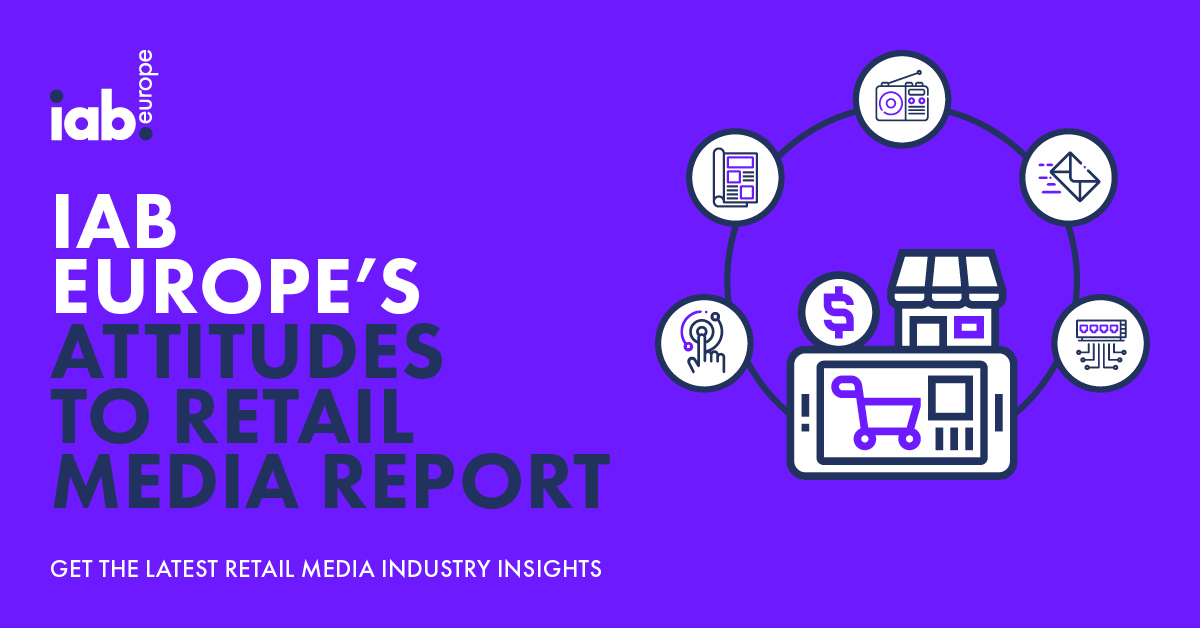The market for smart glasses will mushroom in years to come, with 10m a year being sold by 2018, up from 87,000 this year. That growth, of more than 11,000%, is projected by Juniper Research, which says more consumers will buy the glasses as their price comes down and as they become more useful in everyday life.
In order for sales to take off, the glasses will need to be more than secondary screens, says Nitin Bhas, author of Juniper’s Smart Glasses – Sci-Fi Becomes Reality report. “These devices would need to incorporate intuitive and user-friendly functionalities and capture the imagination of the general public, making the technology seamless within their daily routine,” he said.
He says that the industry sees a future for wearable computing but that there’s no consensus on the form it will take, whether that’s smart watches, smart glasses, or another product entirely.
Bhas also sees opportunities for the glasses in healthcare, where they could be used to record, communicate and ultimately to provide surgical assistance, and in enterprise, for use in engineering and logistics.
The largest opportunity, though, remains with consumers, where the rate of adoption will also depend, says Bhas, the availability of attractive hardware and apps.
Our view: As yet, smart glasses still remain a futuristic possibility for most consumers, but ecommerce retailers will want to stay abreast of developments in the field. The most forward-thinking will already be considering whether, and how, they might be used in their business. Clearly, the jury’s still out on whether consumers really will take up smart glasses in great numbers, but it does seem reasonably likely they play some part in the ecommerce future. How exactly that will emerge depends in large part on how retailers respond – we’ll be interested to see.








